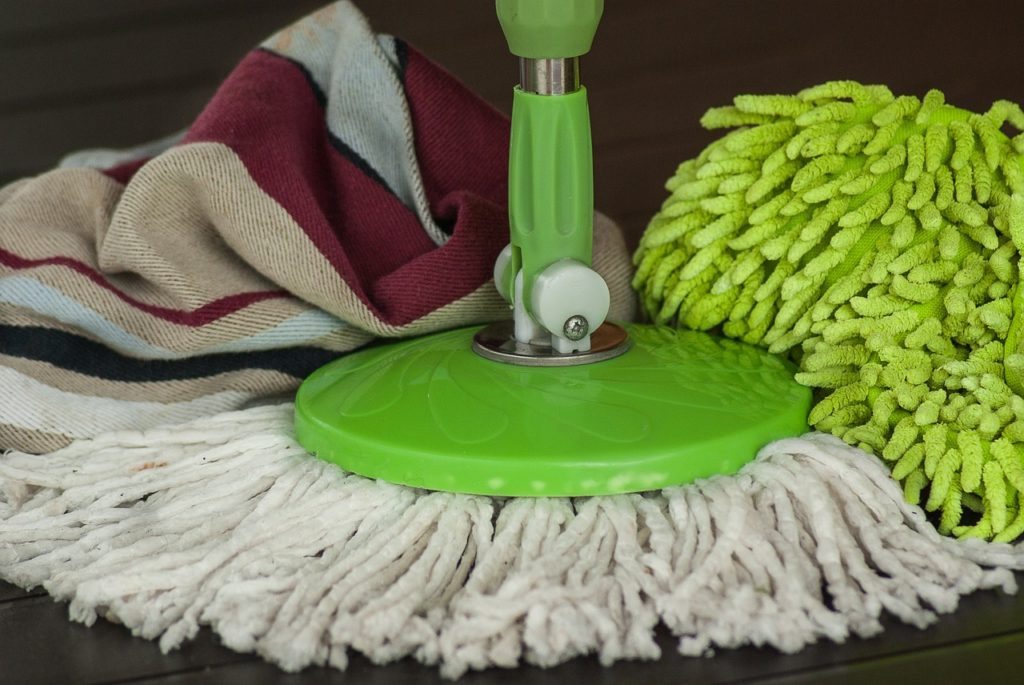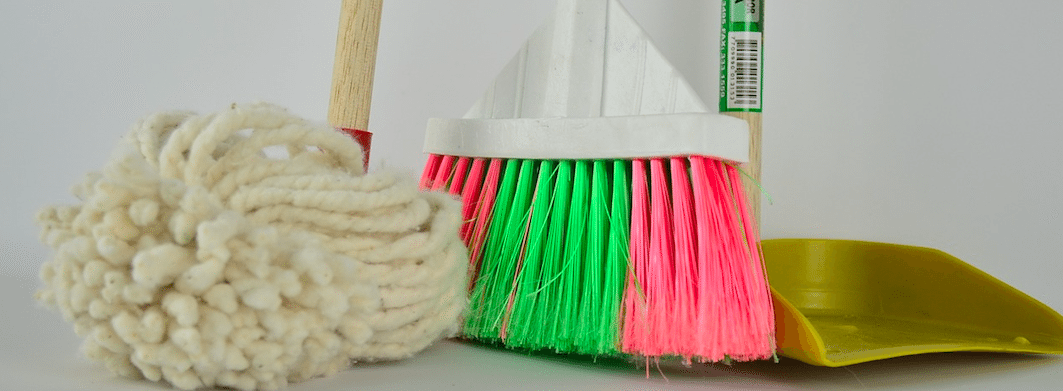For good first impressions and ongoing engagements, there are some things commercial cleaning websites can’t do without.
A graduate study at Missouri University of Science and Technology from 2011 determined that web users form first impressions of websites within milliseconds. Milliseconds. That’s pretty much instantly. And no surprise, websites that made favorable impressions had longer user engagements, proving once again that first impressions make a big difference. And because they make such a difference, it’s crucial for all commercial cleaning websites to ensure they’ve got what they need to make that excellent first impression.
Not only that, but the website has to continue to engage a user beyond the first impression, which means holding a certain standard of excellence all the way through, starting at the very beginning. But what elements make up that standard of excellence? Which components should commercial cleaning websites focus on when designing and developing content for their pages?
Manage bids, projects, clients, and more with Janitorial Manager. Find out more. Schedule a free demo today!

What the most successful commercial cleaning websites do that you should do, too.
1. Outstanding design
It’s tempting in today’s world of website builders to pick a stock template and create a site on your own, with no knowledge of web development or design. However, it’s not a good idea. Web developers are expensive, yes, but you can usually find one who will work within your price range, and the result will be light years ahead of what a person with no training can do. What makes it worth the investment? The first impression it will create in those milliseconds you didn’t even see go by. An attractive website is one that will hold a customer’s attention long enough to deliver the next important thing, which is the content.
2. About us
Rates, hours, and services are important, but the commercial cleaning websites that perform the best are the ones that make a connection with customers. Display an “About Us” section prominently on your menu and encourage people to click there. Tell them how your company got started, what your philosophy is behind the cleaning work you do, maybe even give a little anecdote that relates on a human interest level. Show some vulnerability, and people are likely to empathize—which means they’re likely to patronize as well.
3. Customer testimonials
Commercial cleaning websites should include links to Yelp! and other reviews, regardless of whether or not there are some bad ones up there. (Though hopefully you’ve only got good ones to boast.) Beyond linking to review websites, pluck a few of the best reviews you’ve received and feature them on your home page.
Customers are likely to spend 31% more on a business with excellent reviews. That’s nearly an additional third of your revenue just by highlighting the praise you’ve already received. Not bad for a little cutting, pasting, and linking.
(ProTip: Keep the review highlights updated. If you continue to get good reviews—which you should—you’ll continue to have new material to showcase. If you only do it once and forget about it, it might make you look like you were good once, but maybe not anymore.)
4. Real (professional) photos
Another way to connect is to show pictures of your team. Putting faces to your company breaks down that corporate wall that can sometimes exist between business and customer. It adds another layer of the human element and shows that there are real people doing real work.
On the flip side, whatever you do, don’t use stock photos of people cleaning. They are easily identifiable and can come across as tacky and disingenuous. (Let’s be honest, no one looks that happy to be at work!)
Keep track of all your cleaning jobs with Janitorial Manager. Schedule a free demo today!
5. Address
Sounds like it should be obvious, but many commercial cleaning websites neglect this information, or neglect to put it in a logical place. Some people assume they’ve hit on a local business and get so engaged in the content, they forget to look for the address until the end, which often ends in disappointment if the business isn’t local. Make it visible on your landing page so people will know whether or not you’re nearby.
6. Phone number
Finally, make sure they can contact you! Since it’s a website, by all means, include an electronic contact form, but don’t forget that old trusty steed, the telephone! Many people today still want to talk to a real person so they can ask questions and get real-time answers. Don’t send them searching for a way to reach you. Demonstrate that you want to talk to them by giving them access to you whenever they want—within business hours, of course.
(ProTip: Make sure the phone number is text on your website and not part of a picture. Smartphones will automatically convert the text to a dialable link. A picture will require a little more work on the customer’s end.)

